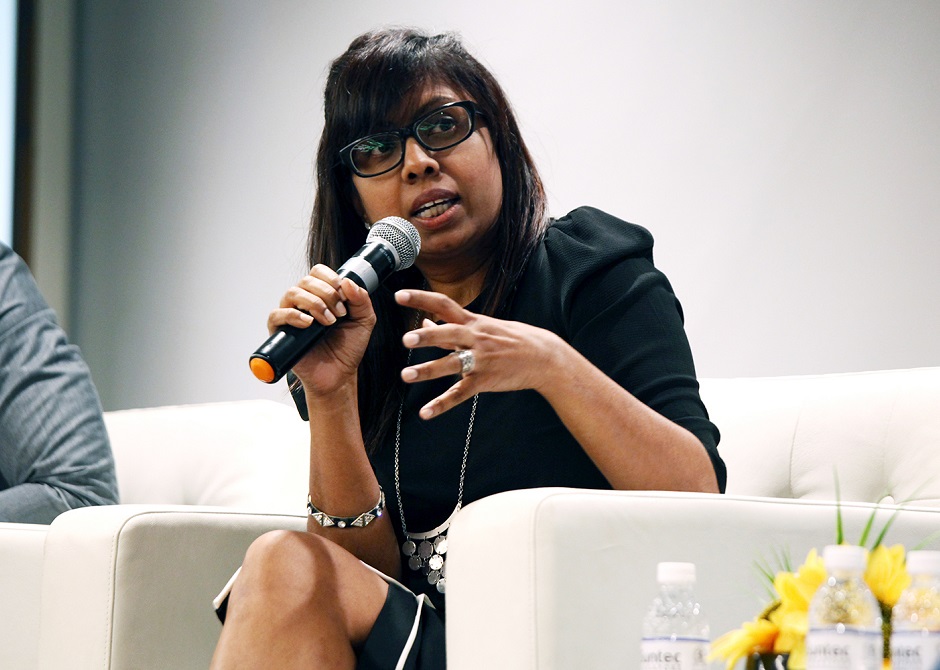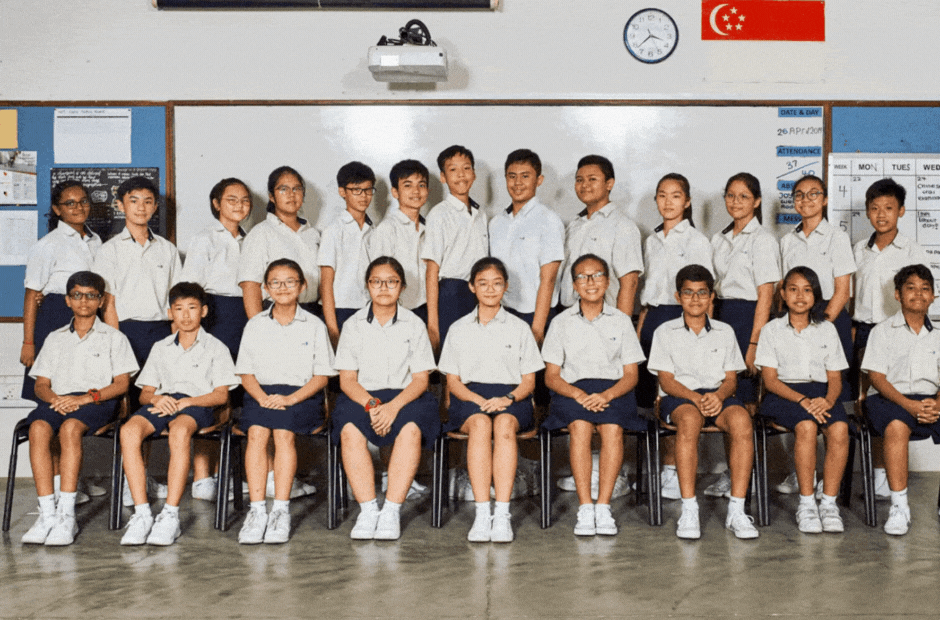Let us illustrate how life will be for students through the lens of a student, Adam:
Meet Adam, and avid reader. His PSLE scores allowed him to go to a secondary school near his home, where he takes English at G3 level and G2 for everything else.
When he goes to school, at morning assembly, he is with his form class to take attendance and thereafter to PE together. In his form class, his classmates take a mix of G3 and G2 subjects, including some who have mostly or all G3 subjects. But on the playing fields, making music, doing art/design and technology projects and learning life skills through Food and Consumer Education, everybody plays and works together.
His best friend is Nathan, with whom he shares the G3 English class. Nathan is starting to interest Adam in music (Nathan takes Music Elective).
Adam also volunteers in the school’s peer-coaching activity: Once a week, he meets Amanda for half an hour after school. She’s struggling a little in school but she does like reading, too. Adam’s English teacher paired them up, and Adam likes trying to help others.
This kind of mixing provides an opportunity for the schools to “restructure” their form classes to include students of diverse backgrounds and abilities. Doing so would also allow them to better understand each other, form deeper friendships and work well together. This will benefit them in life.
Our form teachers will continue to place heavy emphasis on strengthening teacher-student relationships (TSR) and peer relationships supporting the socio-emotional and holistic development of students in their classes, even if a student may attend a few different subject classes throughout the school day.
Additionally, our form teachers will work in close partnership with subject teachers, CCA teachers and teachers-in-charge of other school programmes to build strong TSR and peer relationships, in order to guide students and help them develop to their fullest potential.






.jpg)